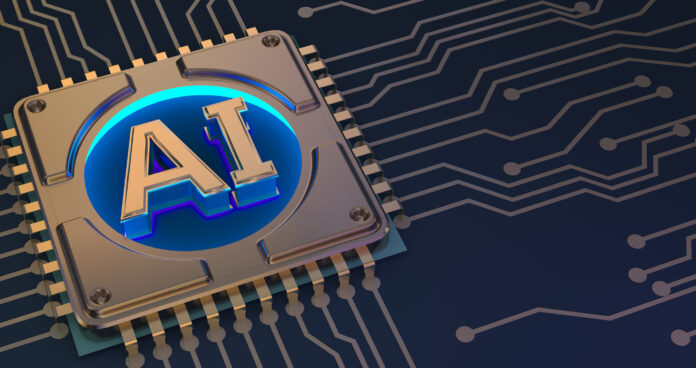CEO C.C. Wei says TSMC is “trying very hard to narrow the gap” between supply and demand for AI chips
Taiwan chip giant TSMC reported profits that leaped more than 61% year-over-year, driven largely by the demand for chips to fuel artificial intelligence and high-performance computing (HPC).
Chairman and CEO C.C. Wei described trying to keep up with the massive demand for AI chips — and spoke of it in terms of narrowing the gap between supply and demand, rather than being able to entirely meet demand.
“We are trying very hard to narrow the gap for now,” Wei said on TSMC’s call with investors.
TSMC’s quarterly revenues were up nearly 18% sequentially and up 44.4% year-over-year to more than $30 billion, beating the company’s guidance for the second quarter. It raised its third-quarter guidance to between $31.8-$33.0 billion. That would be a 38% year-over-year increase at the midpoint.
TSMC is impacted by negative currency pressures, however, and executives said that they are also being conservative about the potential impact of tariffs and trade restrictions, particularly in terms of potential impact on consumer-related chips and the lower-price end of the market.
CFO Jen-Chau Huang said on the call that high-performance computing (HPC) chips accounted for 60% of the revenues during the second quarter, an increase of 14%. Smartphone chips were up 7%, making up 27% of revenues, while IoT chips dropped by 14% to account for just 5% of revenues. Automotive chips were flat at 5% and TSMC’s Digital Consumer Electronics (DCE) chips accounted for 1% of revenues, which was a 30% increase.
TSMC’s advanced processes — 7-nanometer or less — accounted for 74% of its wafer revenues, with 3-nm processes accounting for 24% of the wafer revenues. The company’s capital expenditures for the year are expected to be between $38 billion and $42 billion.
“We believe the demand for semiconductors is very fundamental and will continue to be robust,” said Wei. “Recent developments are also positive to AI’s long-term demand outlook. The explosive growth in token volume demonstrate increasing AI model usage and adoption, which means more and more computation is needed, leading to more leading-edge silicon demand. We also see AI demand continuing to be strong, including the rising demand from sovereign AI.”
Work continues on the TSMC Arizona ‘giga fab cluster’
TSMC has said that it intends to invest $165 billion in advanced semiconductor manufacturing in the United States, with plans for 6 wafer manufacturing facilities in Arizona, plus two packaging fabs and a research and development center.
“Our expansion plan will enable TSMC to scale up to a giga fab cluster in Arizona to support the needs of our leading-edge customers in smartphone, AI and HPC applications,” Wei said.
TSMC is a major manufacturing partner for Nvidia. In a blog post in mid-April of this year, Nvidia indicated that it had commissioned more than a million square feet of manufacturing space to build and test its Grace Blackwell chips in Arizona, plus testing AI supercomputers in Texas. Nvidia said that it planned to produce “up to half a trillion dollars of AI infrastructure in the United States through partnerships with TSMC, Foxconn, Wistron, Amkor and SPIL.”
TSMC’s first Arizon fab went into high-volume production in the fourth quarter of last year, with a 4-nm process. The second fab will offer 3-nm tech and is already complete, Wei said, and TSMC is working on “speeding up the volume production schedule by several quarters” in order to meet customer demand. Meanwhile, construction on a third fab for 2-nm tech is underway, and TSMC wants to accelerate that production schedule as well, to meet AI chip demand. The fourth planned fab will also be a 2-nm facility, with the fifth and sixth expected to have even more advanced manufacturing processes.
TSMC also has a new specialty fab in Japan and a second one in the works, plus an automotive-chip-focused facility planned in Dresden, Germany. In Taiwan, the company plans to build more than a dozen new facilities over the next several years.
In addition to producing the AI chips that are expected to help revolutionize the world, wxecutives were also asked by analysts about how TSMC itself is using AI. Huang responded that the company uses AI in operations and manufacturing as well as in R&D. And for a company the size of TSMC, Huang pointed out, a 1% gain in productivity would equal about a billion dollars.

